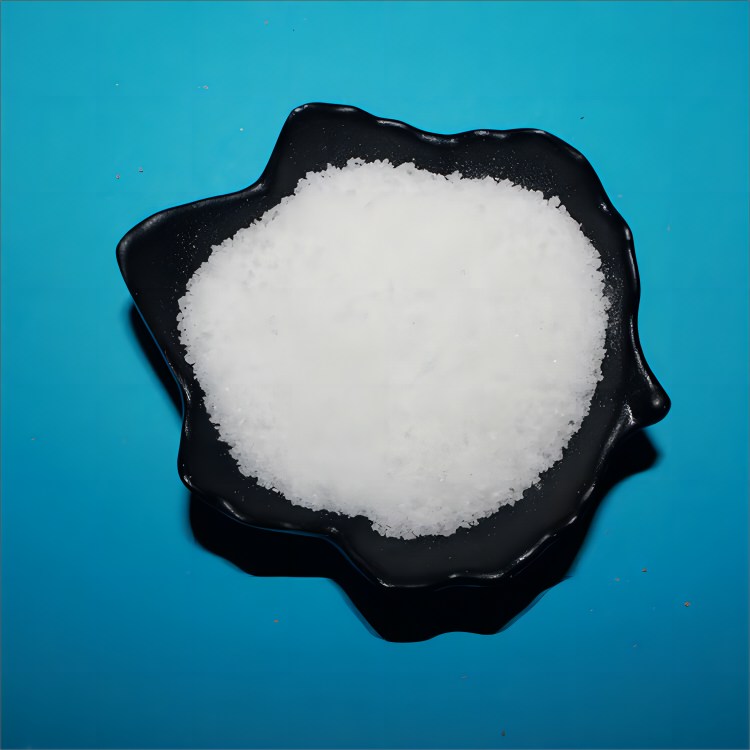Introduction of Flocculant and Its Main Applications in Wastewater Treatment
December 12, 2023
The flocculant is a newer product modified by polyacrylamide. Its characteristic is that it has strong ionized quaternary ammonium salt group and tertiary ammonium salt group on the macromolecular chain, and its molecular weight is up to 15 million. Therefore, compared with the traditional MANNICH modified products, it is applicable to a wider range of pH values, higher charge stability, large floc formation, and greatly increased settling velocity. Moreover, the use of a small amount of water can significantly reduce the cost of waste water and sludge treatment, and is widely applied to the treatment of industrial waste water and sludge.
Product technical indicators:
Appearance: white uniform powder
Molecular weight: ≥ 15 million
pH value: 9-11
Water-soluble: easily soluble in cold water
The main purpose:
The product has the water solubility of polymer compounds and the active acyl groups in its main chain, and thus has a wide range of industries such as oil extraction, water treatment, textile printing, papermaking, beneficiation, coal washing, medicine, sugar refining, culture, building materials, and agriculture. The application of "a hundred additives industry," said.

How to use and precautions:
1.Dissolve this product with tap water or industrial water and prepare it at room temperature. Formulation concentration 0.1-0.3%.
2.Dissolution method: First add 1/3 of water to the dissolution tank. Start stirring and slowly add the flocculant. Avoid flocculant micelles, then add the remaining water and continue stirring for 2 hours.
3.solution delivery: You can use the diaphragm pump, screw pump delivery liquid.
4.This product has a moisture absorption, should be sealed and stored in a cool dry place, the temperature is room temperature.
5.Solid products to avoid spreading on the ground. To prevent the product from sliding after absorbing moisture.
Application of flocculant in sewage treatment
Flocculants can be divided into inorganic flocculants and organic flocculants according to their chemical composition. The inorganic flocculant further comprises an inorganic coagulant and an inorganic polymer flocculant; the organic flocculant further comprises a synthetic organic polymer flocculant, a natural organic polymer flocculant and a microbial flocculant.
Main application of flocculant in sewage treatment
1.The chemical precipitation method:
The so-called chemical precipitation method is to directly add a cyclodextrin-based flocculant or the like to the wastewater to directly react with the target pollutants present in the wastewater water body to form a precipitate that is not easily dissolved in water and contaminate the target. The method of separating and removing contaminants by isolation. However, chemical methods generally involve the addition of large amounts of chemicals and precipitate as precipitates. In this process, the chemical will survive and carry a large amount of pollutants after chemical treatment, causing secondary pollution and damage to the water body. Therefore, there is a breakthrough in this technology in the future.

2.The electrolysis method:
The mechanism of electrolysis is applied to make the harmful substances in the original wastewater water environment undergo direct oxidation reaction and reduction reaction to become harmless substances through the electrolysis process on the positive and negative electrodes, respectively, to realize the method of purifying the wastewater. Indirect oxidation and indirect reduction may also be employed, that is, the oxidation and reduction products of the electrode are used to separate harmful substances in the wastewater to separate and remove harmful substances. This method allows the factory to use the low-voltage power supply to take materials locally, and operate at the normal temperature and pressure of the factory, which is convenient and safe to operate. But the problem is the power consumption and the consumption of large metal electrodes when handling large amounts of wastewater, the precipitated material separated easily using the process. This requires proper handling and placement of the sediment.




